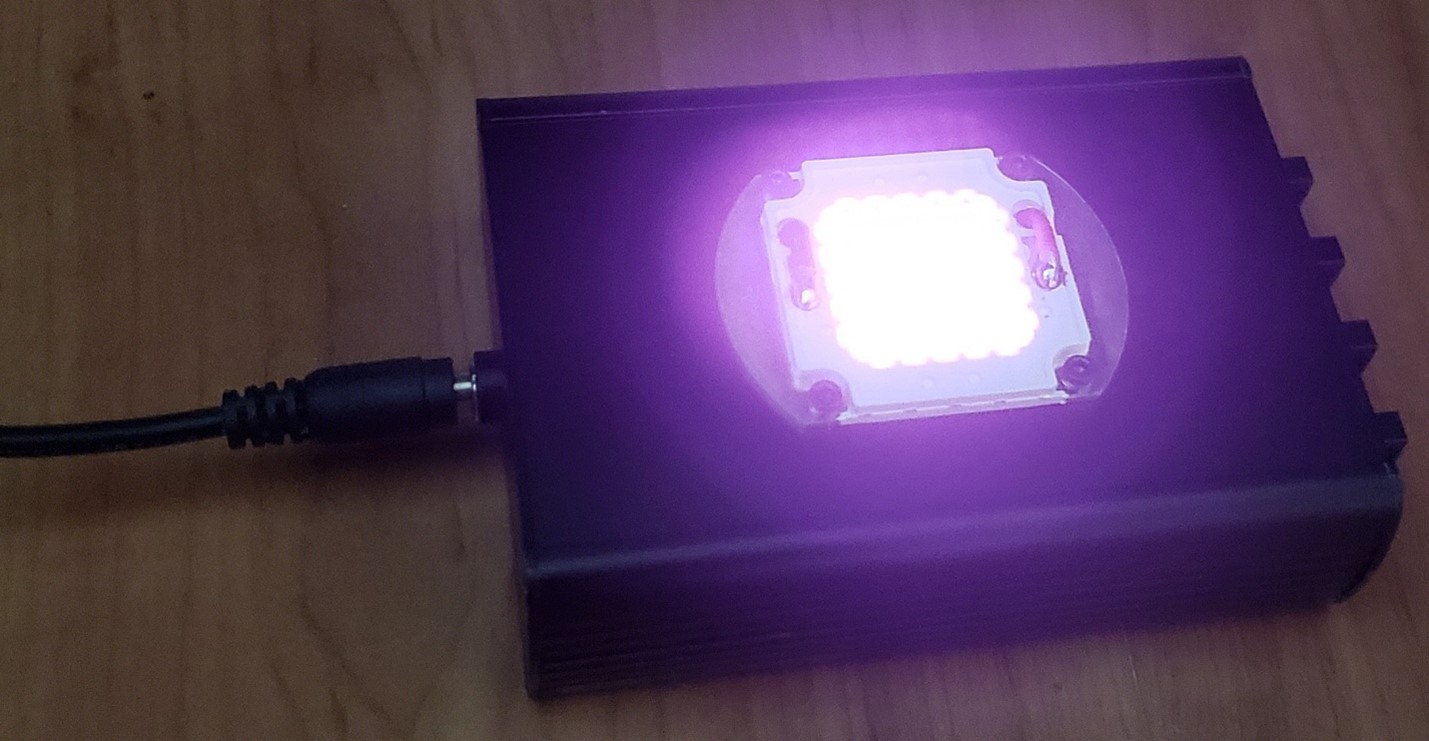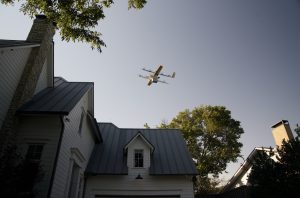How Sixdof Space is Revolutionizing Drone Navigation and Landing through Optical Tracking
Ensuring a safe landing is crucial for any drone flight, but factors such as wind, darkness, and dust can complicate this process. Traditionally, drones have relied on QR codes recognizable by built-in cameras for landing. Unfortunately, debris or poor lighting can obscure these codes, making accurate landings difficult.
Sixdof Space, a trailblazer in optical tracking technology with offices in the United States and Israel, recognized an opportunity to enhance drone landing safety and precision. CEO Mark Goldfarb noted that their technology, initially designed for other purposes, has found perfect applications in facilitating drone landings and maintaining formations.
“Sixdof Space originated in the AR/VR realm, where head tracking latency proved to be a significant challenge,” Goldfarb explained. “We devised a high-speed optical solution to track head positions, allowing for rapid view refreshes. In 2020, a major defense contractor approached us about adapting our technology for outdoor drone applications. We successfully demonstrated its efficacy, meeting the high-speed and precision standards UAVs demand.”
With their Sixdof Falcon product, drones typically mount the sensor while beacons are placed on landing pads. When the drone approaches the beacon range, it locks in and acquires the angle or 6DOF tracking data necessary for autonomous landings. The Sixdof Dynamic Messaging feature allows these beacons to flash messages to the drone—anything from a shopping list to an all-clear landing message. This drift-free technology doesn’t rely on GPS; its beacons can track objects up to 100 meters away in both bright sunlight and complete darkness. Providing tracking and positioning data every 2.5 milliseconds allows the system to secure a landing on moving or stationary targets swiftly, distinguishing it from other visual systems.
Goldfarb stated that many existing visual systems are inhibited by bright sunlight and darkness. “If the lighting is off, these systems struggle to identify their target. Drones equipped with cameras are also slower due to the time needed for image processing. In the case of QR codes, shadows or debris can disrupt readings. The Sixdof technology is not camera-dependent. Instead, it compresses data at an optical level and feeds it to an algorithm, resulting in a significantly smaller data stream that can process and respond swiftly, enhancing operational efficiency.”
The fact that Sixdof’s sensors are not cameras also addresses privacy concerns—a significant barrier to drone adoption in communities. The use of sensors as opposed to cameras can alleviate public apprehensions related to drones operating above them.

Sixdof Space’s technology is rapidly gaining traction in various autonomous drone and robotic applications across the industry. “Many of our clients include startups and smaller UAV companies searching for solutions to facilitate landings or maintain drone formation,” Goldfarb emphasized.
Additionally, the technology excels in enabling tight formations for drone swarms. Goldfarb shared an example of a client who aimed to fly drones in close proximity. By utilizing the Sixdof technology, they could precisely measure the distance between drones, allowing for tighter formations than GPS or alternative methods would permit.
What’s exciting is that this technology has far-reaching implications beyond drones, including two ongoing U.S. Air Force projects aimed at facilitating autonomous mid-air refueling, as well as applications in healthcare robotics, manufacturing, and logistics. This impressive foundation in the AR/VR space now extends to head tracking implementations in simulations and training applications.
Recently, Sixdof has made noteworthy strides in the realms of first responder operations and medical drone deliveries. With drones becoming increasingly vital in emergency scenarios, incorporating a sensor that ensures positional accuracy is crucial for successful adoption. This capability provides responders with confidence that the drone can complete its delivery mission unhindered by external factors such as inclement weather or landing pad obstructions. Goldfarb stated, “My favorite application is in emergency response situations. Our technology enables a drone to deliver supplies swiftly during critical scenarios and return safely to base.”
Sixdof has achieved several significant milestones recently. They were selected to participate in the MassRobotics Healthcare Robotics Startup Catalyst Program, with expectations that their sensor technology will significantly enhance healthcare robotics capabilities. They also reached finalist status in two U.S. Air Force AFWERX challenges, designed to boost innovations in mid-air refueling and headset tracking.
As the drone sector evolves towards fully autonomous solutions like Drone in a Box, advances such as those offered by Sixdof will be imperative across the industry—from drone deliveries to night-time emergency responses. By eliminating dependence on unreliable resources like GPS or hard-to-read QR codes, these beacon sensors are establishing a new benchmark for optical tracking and showcasing the untapped potential their solutions offer.
Goldfarb concluded with optimism, “Our product is versatile across numerous sectors. With speed, accuracy, and high responsiveness, we can address the slow adoption rates prevalent in various industries. We anticipate collaborating with companies developing products that leverage the Sixdof technology to foster high levels of automation in their offerings.”
For further details about Sixdof, visit their official website at www.sixdofspace.com. You can reach CEO Mark Goldfarb at mark@sixdofspace.com.













